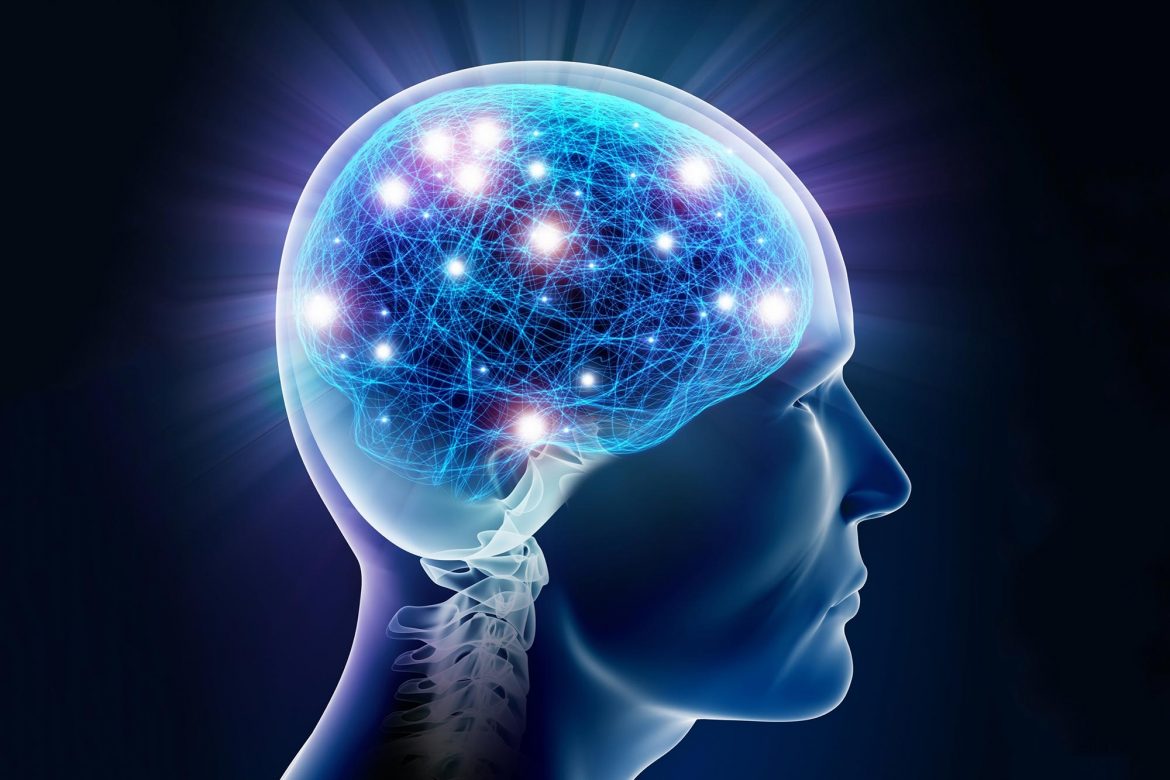A medicine routinely used to treat enlarged prostates and high blood pressure has shown promise as a potential new treatment for motor neuron disease (MND), better known as amyotrophic lateral sclerosis, according to a recent research (ALS).
Motor neuron disease (MND) is a rare category of disorders that gradually deprive individuals of their capacity to regulate their muscles by damaging motor neurons in their bodies. Terazosin, a medication, has been proven in experiments employing zebrafish, mice, and stem cell models to prevent motor neuron death by boosting their energy production.
According to experts, the medicine may help delay the course of an illness that affects roughly 5,000 persons in the UK. Following the beginning of symptoms, the average life expectancy is three years.
The organisation is starting a feasibility study to see how the medicine affects MND patients. If this is effective, they intend to launch a large-scale clinical investigation.
Although the specific mechanism of motor neuron loss is uncertain, scientists do know that motor neurons begin releasing less energy early in the disease.
Energy must be created in order for the motor neurons to send the brain’s directives to the muscles. When there is inadequate energy, movement is impeded and signals cannot be adequately sent.
Researchers from the University of Edinburgh and their collaborators from the University of Oxford focused on motor neurons’ energy production as a potential therapeutic approach for treating MND.
The team wanted to see if terazosin, which has been shown to be effective at increasing energy production in models of Parkinson’s disease and stroke, could also protect motor neurons from MND.
They concentrated on PGK1, an enzyme that is an active molecule in cells and is involved in energy production.
Zebrafish models of MND demonstrated that either genetically boosting PGK1 levels or administering terazosin to the fish to boost PGK1 activity improved the growth of motor neurons.
In a mouse model of MND, terazosin also shielded motor neurons, increasing survival and delaying the onset of paralysis.
The team showed that terazosin protects motor neurons by boosting energy levels by growing these cells in a dish.
The Oxford MND Care and Research Centre’s 50 patients are being invited to take part in a feasibility study that will look at the effect of terazosin on important markers of disease progression in order to further investigate this.
The research has been released in biomedicine. The My Name’5 Doddie Foundation and MND Scotland provided funding for it.
A team from the Euan MacDonald Centre for Motor Neurone Disease, which was founded by Euan MacDonald and his father Donald to enhance the lives of those with MND, conducted research at the University of Edinburgh.
“Our work shows that terazosin is protective of motor neuron cell death in multiple models of MND, making it an exciting new potential therapy,” said Dr. Helena Chaytow, senior postdoctoral researcher at the University of Edinburgh’s Euan MacDonald Centre and the study’s first author. We can quickly move terazosin to the clinic because it is already approved for use in treating a different medical conditions, which is an advantage of using it.
The study’s co-leader and professor of anatomy at the Euan MacDonald Centre at the University of Edinburgh, Professor Tom Gillingwater, stated: “We are excited about the potential for terazosin to impact on the breakdown of motor neurons in MND. The current work demonstrates the value of collaborating between scientists and clinicians to find novel therapeutic targets that can be tested in human MND patients.
The study’s co-leader and Oxford University professor of motor neuron biology, Professor Kevin Talbot, stated: “We urgently need to accelerate the way drugs are developed from laboratory models into trials in patients. Our research employs a variety of techniques to raise the likelihood that medications will be effective in MND patients and significantly slow the course of the disease. It represents a significant new step in the pursuit of treatments.”
Also Read: Covid case update: India reports 14,092 cases in 24 hrs
As the primary funders of this research study, Dr. Jane Haley MBE, Director of Research for MND Scotland, stated: “We are thrilled to see a potential new therapy for MND on the horizon. The findings of this study suggest that terazosin, a medication currently used to treat enlarged prostates and high blood pressure, may be able to protect motor neurons after testing in a variety of models. We are happy that the drug will now be the subject of a feasibility study in Oxford that includes MND patients. It’s about time we found a cure, so it’s great to see researchers, medical professionals, and MND charities collaborating to find new treatments for MND.
Follow Medically Speaking on Twitter Instagram Facebook





